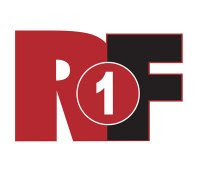Wednesday, July 25, 2012
GET A PLAN!
GET A PLAN!
You can take steps to decrease the impact of a disaster by planning in advance and learning about potential threats. It is important to make sure that your plans are adequate for your family’s situation. Practice your plans regularly.
Having a basic kit on hand to sustain yourself and your family after an emergency is an essential part of preparation. Think first about basic survival needs: fresh water, food, clean air, and warmth. Store your supplies in a portable container as close as possible to an exit and review the contents of your kit at least once a year. Include in your kit:
• 3-day supply of water: at least 1 gallon per person per day
• 3-day supply of non-perishable food
• Manual can opener and eating utensils
• Supplies to care for your pets including 3-day supply of food and water,
ID tags, proof of vaccinations, and veterinarian contact information
• Flashlight
• Portable, battery-powered radio
• Extra batteries
• Basic first aid kit and manual
• Warm clothing and blankets
• Whistle
• Filter face masks (N95 rating)
• List of emergency contact information
• Photocopies of important documents (birth certificate, licenses, insurance information, etc.)
• Cash and coins
• Sanitation and hygiene items (hand sanitizer, moist towelettes, feminine hygiene products, toilet paper, etc.)
• Household chlorine bleach and medicine dropper: 9 parts water to 1 part bleach can be used as a disinfectant, 16 drops of bleach to 1 gallon of water can be used to treat water in an emergency (do not use scented, color safe, or bleaches with added cleaners)
• Items for infants (formula, diapers, bottles, and pacifiers) if applicable
• 4 or 5 solar lights (regular garden lights) – these will light your space all night and recharge during the day
Subscribe to:
Comments (Atom)
